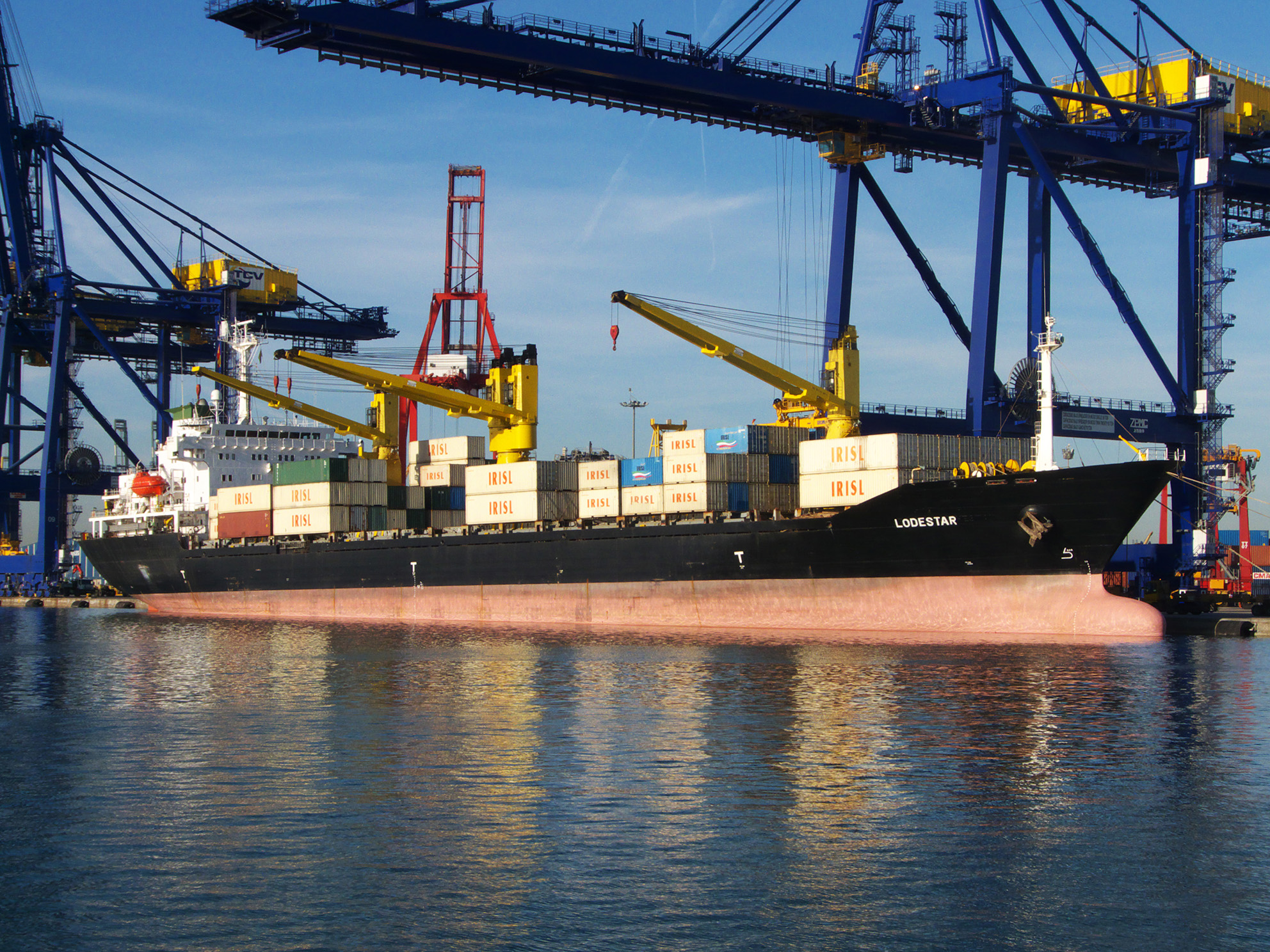The export price index snapped its two-month contraction and started to grow in the fifth month of the current fiscal year (July 23-Aug. 22), according to latest statistics released by the Central Bank of Iran.
The growth was mostly driven by increased petrochemical and mineral exports.
EPI is primarily affected by two factors: the foreign exchange rate and global prices. Prices indicated in the CBI’s report are based on the rial’s value in the open forex market.
The index is calculated for the prices of one or any specified group of commodities entering into international trading using, ideally, FOB export prices.
The dollar and euro grew by 0.9% and 3.9% respectively against the rial during the period, while EPI only notched a 0.4% uptick in the period. This indicates that the downturn in global prices, especially in petrochemicals and minerals, prevented the index from rising on par with foreign currency rates.
Exporters can earn more on their shipments, if the gap between the official and market exchange rates closes. This is while CBI’s firm control over exchange rates allowed the greenback to grow by only 1% during the five months of the current fiscal year (March 21-Aug. 22). The limited growth accordingly had its negative effect on EPI during the period.
Economists and market players have long called on the government to close the gap between the official and market foreign exchange rates and put an end to its interventionist practices aimed at propping up the rial. Repeated promises by Central Bank officials to unify the corruptive dual exchange rate system in Iran have yet to be fulfilled.
Iran has been living with the dual system for several years now, much to the chagrin of cross-border trade. Those with ready access to the official rates, that are set lower than market rates, have been able to benefit from relatively cheap hard currency, while other individuals and businesses have had to pay for higher rates in the open market.
EPI started the year at 241 points and has now ended Mordad at 240.5, effectively ending the fifth month where it started despite the positive signals, the Persian economic daily Donya-e-Eqtesad reported.
The downturn during the third and fourth months of the year was mostly due to fluctuations in the index for petrochemical products, the group of goods that accounts for 46% of the index.
The petrochemical index slid by 5% for the first quarter of the year (March 21-June 21). This dragged EPI down just until the fifth month when the slightly improving forex rate canceled out the petrochemicals’ downturn and gave EPI a boost.
Mineral products were another major driving force for the overall EPI with a 31% share in the index. The same holds true for petrochemicals, as the rather lethargic minerals index shows.
Minerals’ EPI started the year at 190.6 and ended the five-month period at 192.1, indicating a less than 1% growth. Although limited, the growth did boost the overall EPI.
And finally the third impactful group was agricultural products, comprising 10.4% of the total EPI. They, too, were hit with reduced global prices of namely fruits, coffee and tea, to post a 1.9% drop by Aug. 22.


